Navigating the ocean can be an awe-inspiring experience, yet it comes with its own set of dangers lurking beneath the waves. Some marine animals might look harmless, but stepping on them can have dire consequences. From venomous spikes to powerful stings, these creatures are best admired from a distance. Whether you’re a seasoned ocean lover or a casual beachgoer, understanding the risks can help you enjoy the sea safely. Here are 15 marine animals you definitely don’t want to tread on, each with its own unique way of defending itself against uninvited contact.
1. Stonefish’s Stealthy Venom
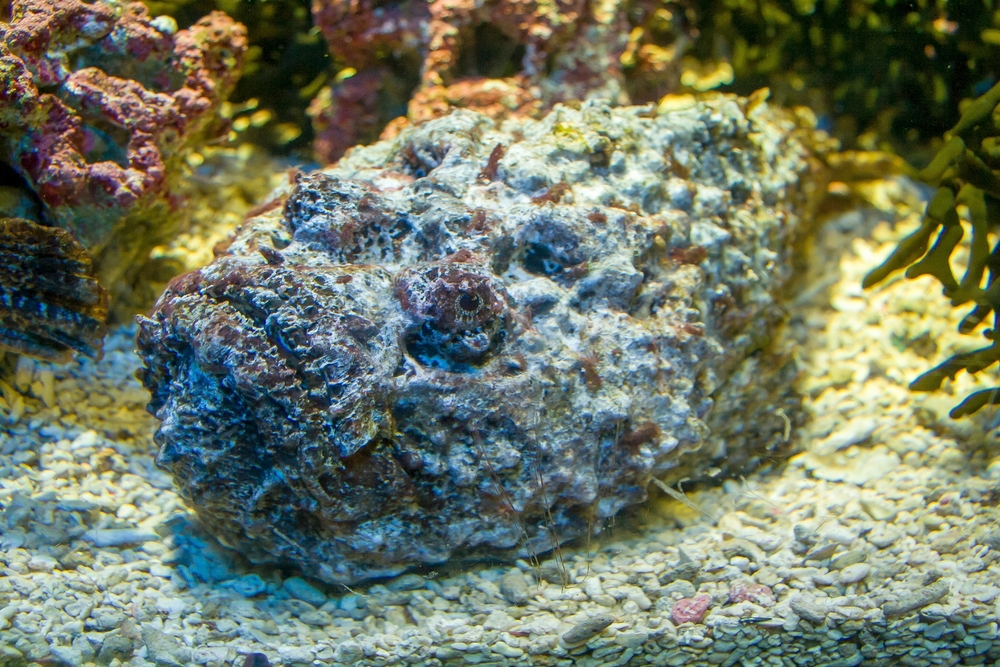
The stonefish is a master of disguise, blending seamlessly with the ocean floor. Its camouflage is so effective that many divers don’t notice it until it’s too late. This fish doesn’t just rely on its looks for protection; its spines are armed with potent venom. Step on one, and you might feel a sting that turns into excruciating pain. The venom can cause shock, paralysis, and, in severe cases, death. Immediate medical attention is crucial, so it’s wise to watch your step when exploring rocky underwater areas.
2. Stingray’s Barbed Tail
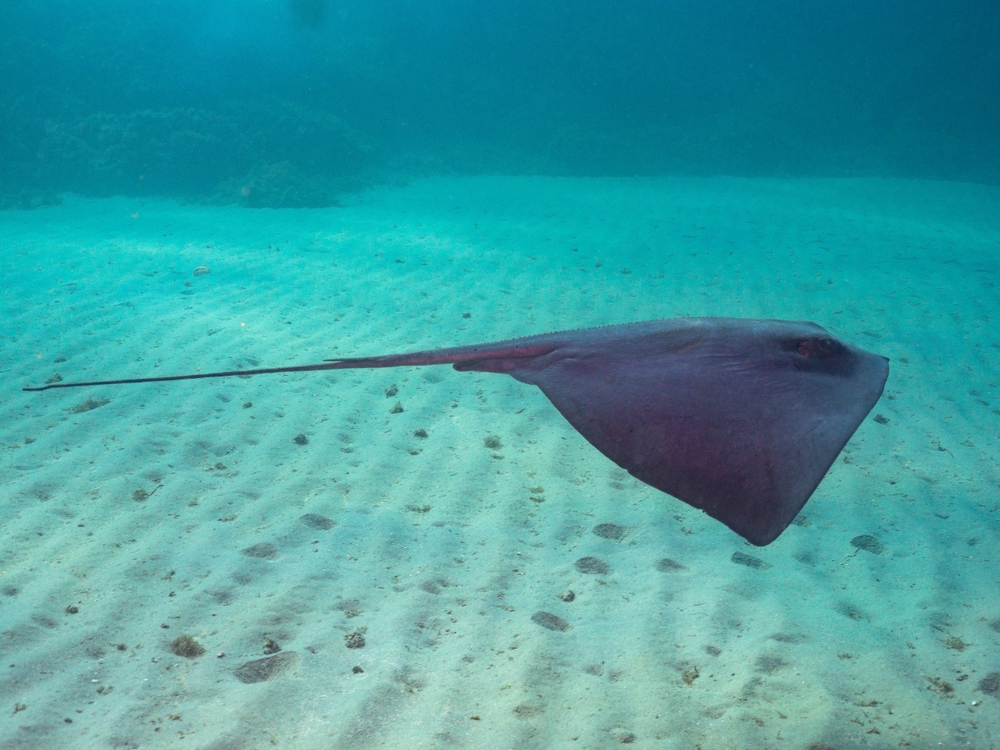
Gliding gracefully through shallow waters, stingrays are often spotted near sandy beaches. While they’re generally docile, accidentally stepping on one can trigger a defensive response. The stingray’s barbed tail can deliver a painful sting filled with venom. This might lead to swelling, muscle cramps, and even infection if not treated promptly. To avoid any nasty surprises, practice the “stingray shuffle” while wading in shallow waters—dragging your feet rather than stepping to gently nudge any hidden rays away.
3. Sea Urchin’s Sharp Spines
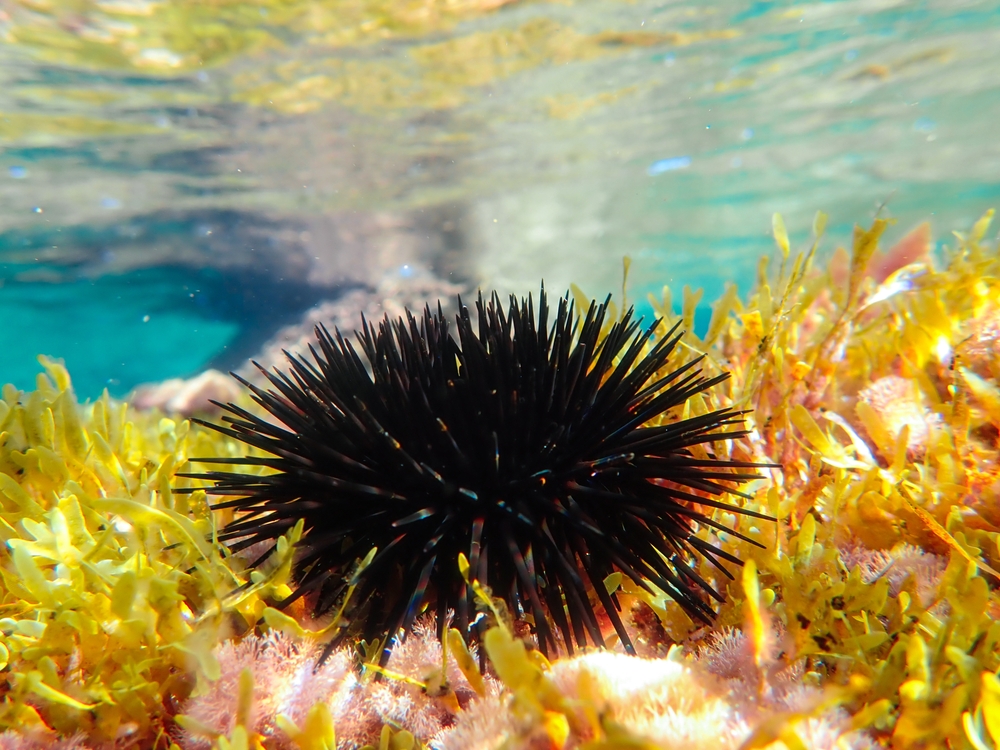
Often nestled in rocky crevices, sea urchins boast sharp spines that can easily penetrate the skin. An accidental encounter can be both painful and risky, as some species possess venomous spines or pedicellaria. The sting can lead to pain, swelling, and sometimes infection if the spines break off under your skin. While these creatures aren’t aggressive, a cautious approach is essential around tide pools and rocky shores. Wearing protective footwear can help you enjoy your seaside adventure without unwanted punctures.
4. Lionfish’s Striking Appearance
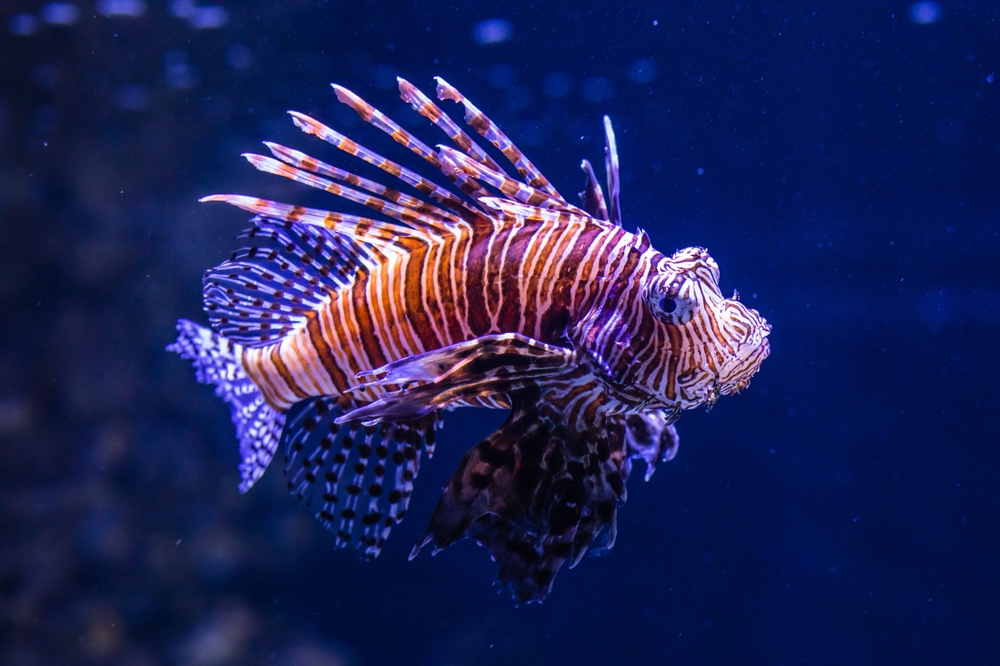
Lionfish are as beautiful as they are dangerous. With their striking patterns and flowing fins, they’re hard to miss—and you shouldn’t, because their spines are venomous. While not aggressive toward humans, accidentally stepping on or touching one can result in a painful sting. Symptoms can range from swelling and redness to nausea and breathing difficulties. These fish are becoming more prevalent in certain regions, so being vigilant and maintaining a respectful distance is key when encountering them underwater.
5. Blue-ringed Octopus’s Tiny Terror
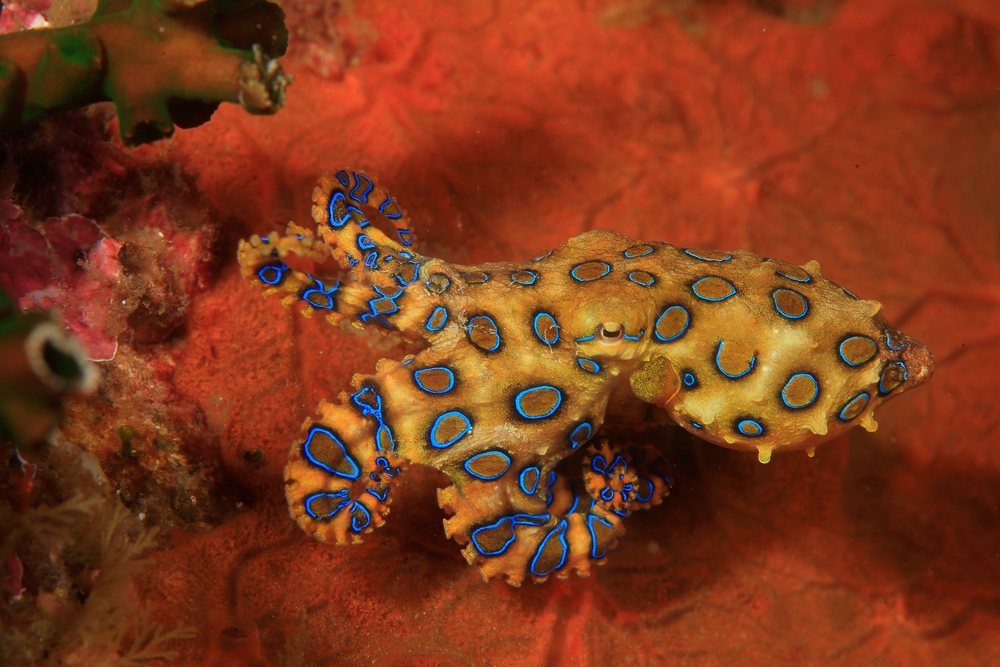
Don’t let the small size of the blue-ringed octopus fool you. This creature packs a powerful punch with its venom, which can be deadly. The vibrant blue rings are a warning sign, but if stepped on or threatened, it can deliver a bite that might go unnoticed initially. However, the venom can cause paralysis and even respiratory failure. Immediate medical help is crucial if bitten. Admiring these fascinating creatures from a distance and avoiding direct contact is the safest approach when exploring tide pools.
6. Cone Snail’s Hidden Dangers
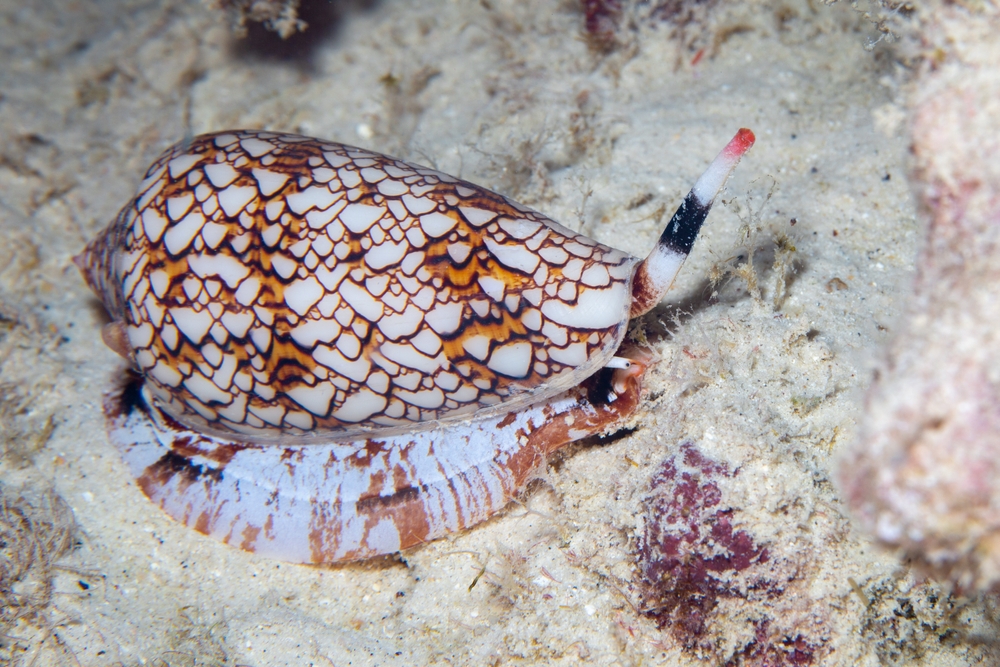
Cone snails are intriguing sea snails with beautifully patterned shells that often tempt shell collectors. However, these snails are armed with a harpoon-like tooth capable of delivering venom potent enough to paralyze or kill small prey—and potentially harm humans. Stepping on one can cause severe pain and even systemic symptoms like paralysis. While fatalities are rare, caution is advised when handling or walking near these snails. It’s best to admire their intricate shells from afar and avoid any interaction that might provoke a defensive response.
7. Crown-of-thorns Starfish’s Spiky Defense
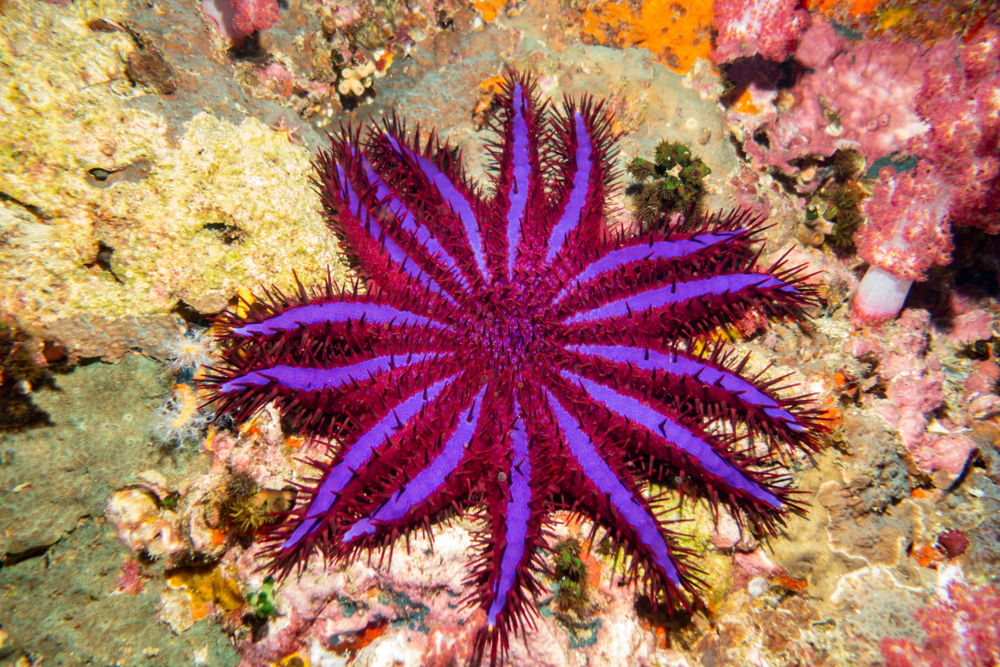
The crown-of-thorns starfish earns its name from the venomous spines covering its body, resembling a crown of thorns. Stepping on this creature can result in a painful sting, leading to swelling and nausea. The venom isn’t usually fatal to humans, but it can cause significant discomfort. These starfish are crucial to coral ecosystems, but their presence can also signal an imbalance. Observing them from a distance while snorkeling or diving can help you avoid accidental contact and the subsequent sting.
8. Fire Coral’s Hidden Burn
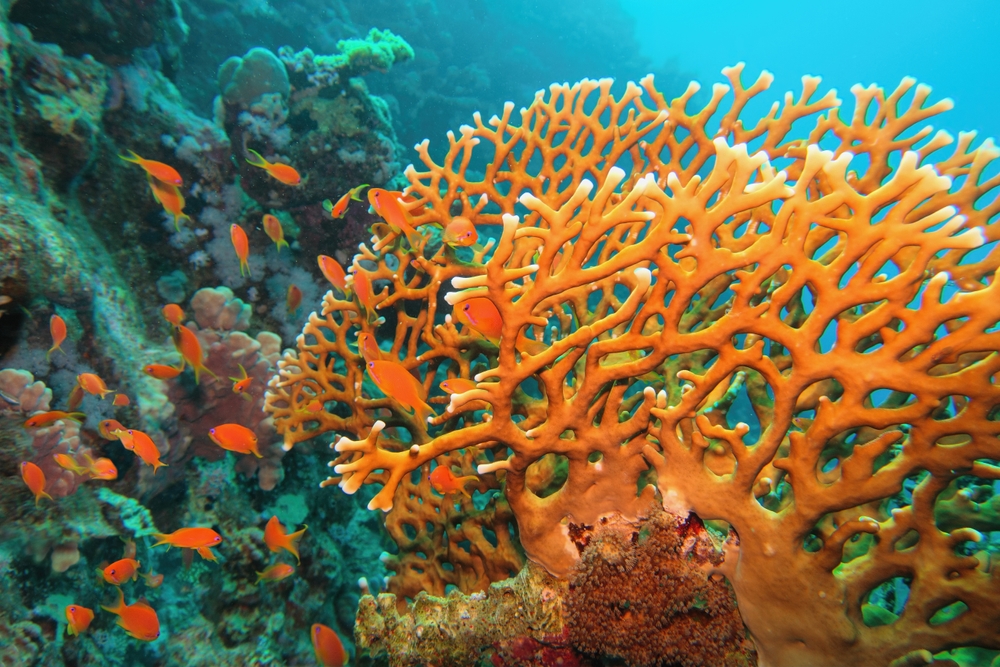
Fire coral might look like an inviting underwater plant, but touching or brushing against it can lead to a burning sensation and red welts on your skin. It’s not actually a coral but a hydrozoan, and its surface is covered in tiny, venomous nematocysts. Although not life-threatening, the sting can be quite painful and may lead to a rash that lasts for days. Understanding the appearance of fire coral and avoiding close contact while exploring reefs can save you from an unpleasant experience.
9. Portuguese Man o’ War’s Tentacle Trouble
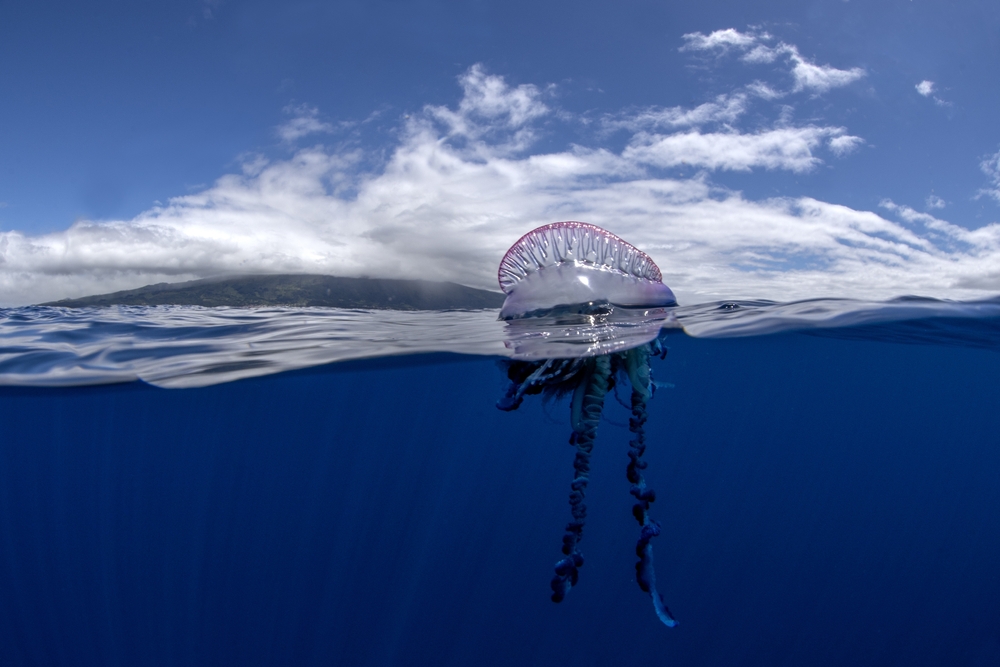
Often mistaken for a jellyfish, the Portuguese man o’ war is a siphonophore known for its long, venomous tentacles. Even washed-up specimens on the beach can sting if touched. The sting can cause intense pain, welts, and even systemic reactions like fever and difficulty breathing. Though seldom life-threatening, the discomfort can be significant. Keeping a safe distance and avoiding any contact with these creatures, whether in the water or onshore, is the best way to stay safe from their painful sting.
10. Box Jellyfish’s Potent Sting
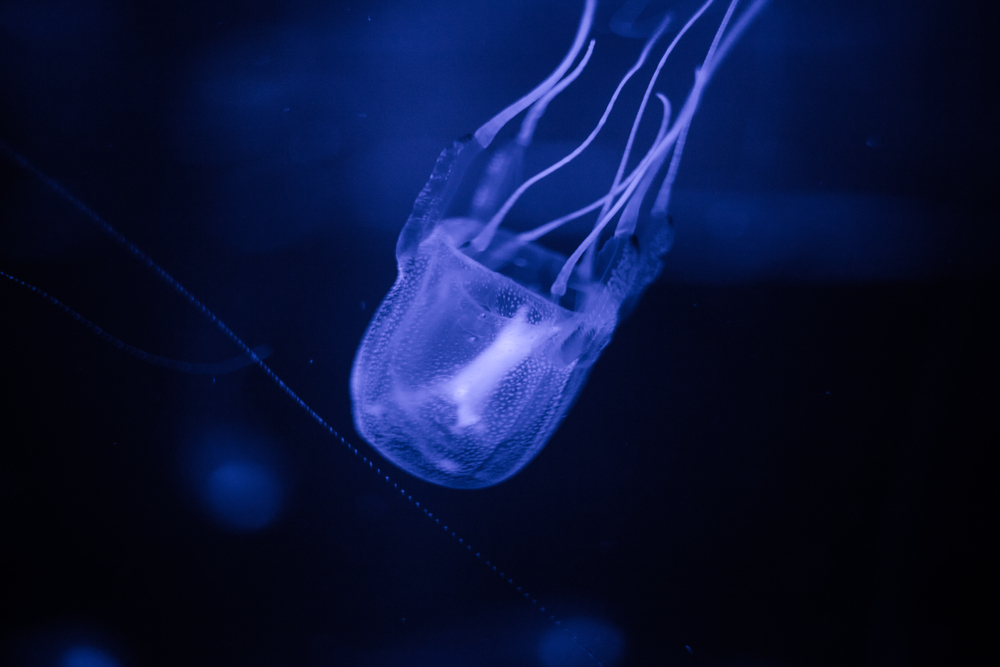
Box jellyfish, known for their transparent cube-shaped bodies, are among the most venomous marine animals. Their tentacles contain toxins that can cause heart failure, paralysis, and even death within minutes. Found primarily in the Indo-Pacific region, these jellyfish are a significant hazard for swimmers. If stung, vinegar can help neutralize the venom, but immediate medical attention is crucial. Beachgoers in affected areas should heed local warnings and be aware of seasonal jellyfish risks to avoid encounters with this dangerous creature.
11. Weaver Fish’s Buried Threat
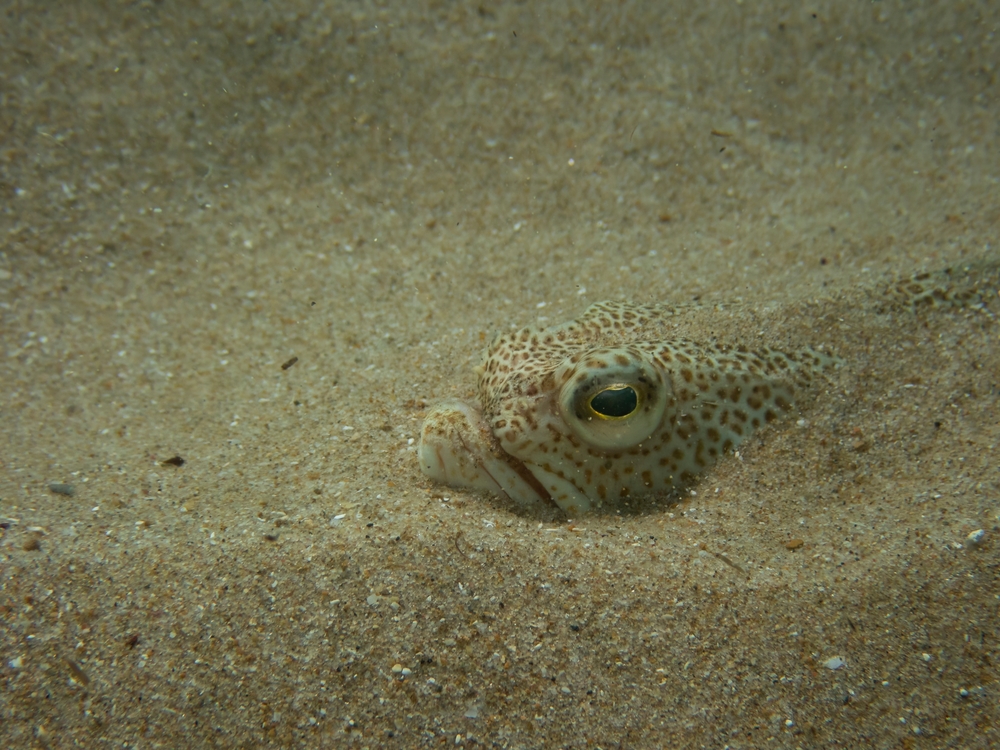
Weaver fish are masters of concealment, often burying themselves in sandy bottoms with only their eyes and dorsal fin exposed. Step on one of these fins, and you might find yourself in severe pain from the venomous spines. The sting can lead to swelling, intense pain, and sometimes fever. Common in European waters, these fish are a threat to waders and swimmers alike. Wearing sturdy water shoes and shuffling your feet as you walk through shallow areas can minimize the risk of an unpleasant encounter.
12. Sea Snake’s Curious Nature
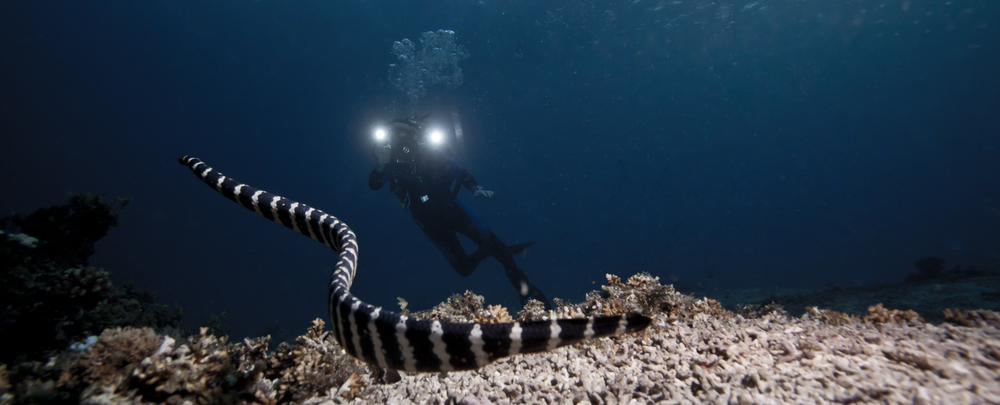
Sea snakes, while generally not aggressive, can deliver a potent venom if stepped on or handled. Their bites are often painless initially, leading to a false sense of security. However, the venom can cause muscle pain, paralysis, and even respiratory failure if not treated. While fatalities are rare, caution is advised when swimming or diving in regions where sea snakes are prevalent. Observing from a safe distance and avoiding any attempts to handle these creatures is the best way to ensure a safe marine experience.
13. Fireworms’ Bristling Barbs
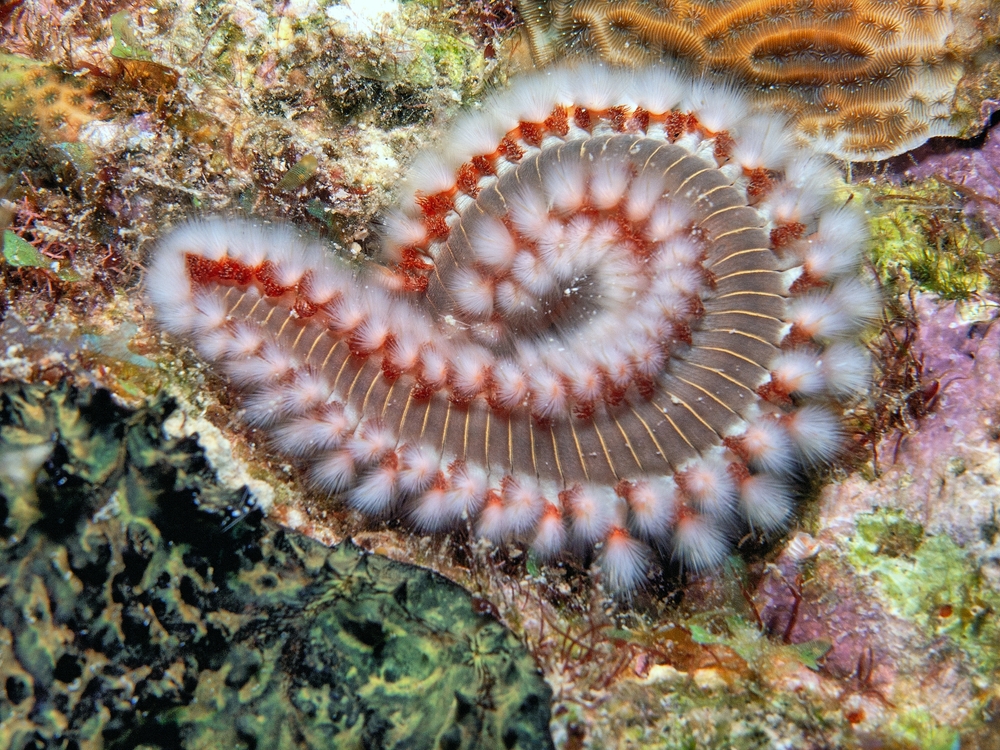
Fireworms are brightly colored marine worms that might catch your eye, but they’re best observed and not touched. Their bristles can penetrate skin, releasing toxins that cause a burning sensation, pain, and irritation. While not life-threatening, the sting is uncomfortable and can lead to a rash or swelling. Commonly found in coral reefs and rocky areas, these creatures serve as a reminder to look but not touch when exploring underwater habitats. Proper snorkeling gear can help keep you safe from accidental contact.
14. Pufferfish’s Spiky Defense
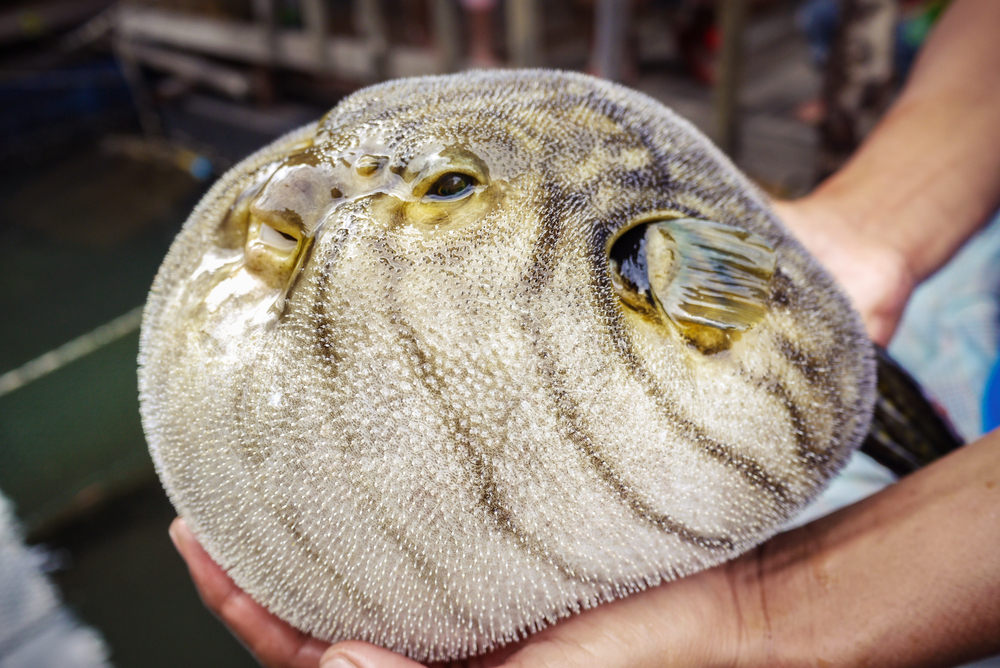
Pufferfish are known for their ability to inflate and expose sharp spines as a defense mechanism. While they may look intriguing, stepping on or handling a pufferfish can be dangerous. Some species contain tetrodotoxin, a potent neurotoxin that, if ingested, can be lethal. Although they rarely pose a threat if left undisturbed, it’s best to admire these unique fish from a distance. Whether diving or snorkeling, maintaining respect and caution around pufferfish can prevent accidents and ensure a safer underwater adventure.
15. Catfish’s Hidden Sting
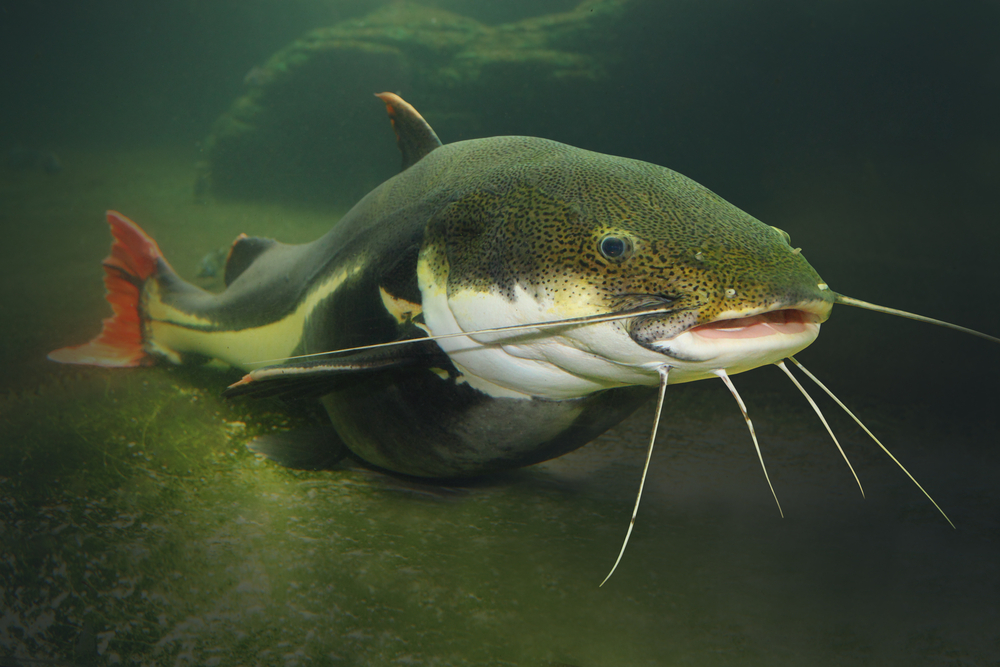
Catfish might not be the first creature that comes to mind when you think of dangerous marine animals, but some species have venomous spines. Often found in freshwater and coastal environments, stepping on a catfish can result in a painful sting that might lead to swelling and infection. While not typically life-threatening, the sting can be unpleasant and require medical attention. Wearing protective footwear and being mindful of your surroundings in shallow waters can help you avoid accidental interactions with these fish.
